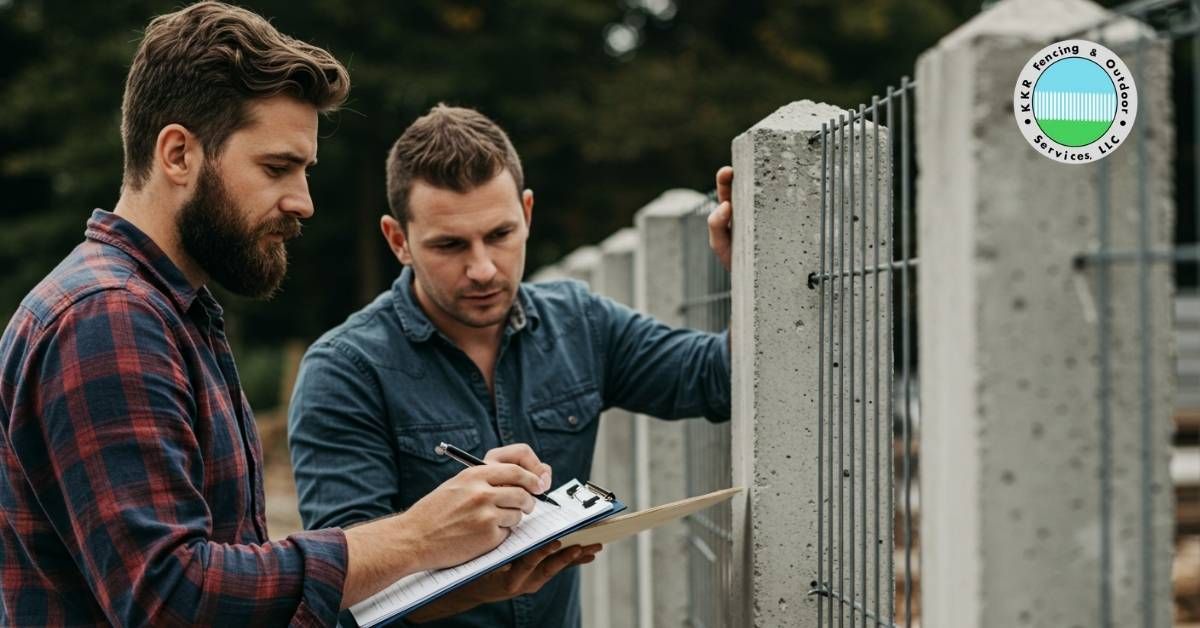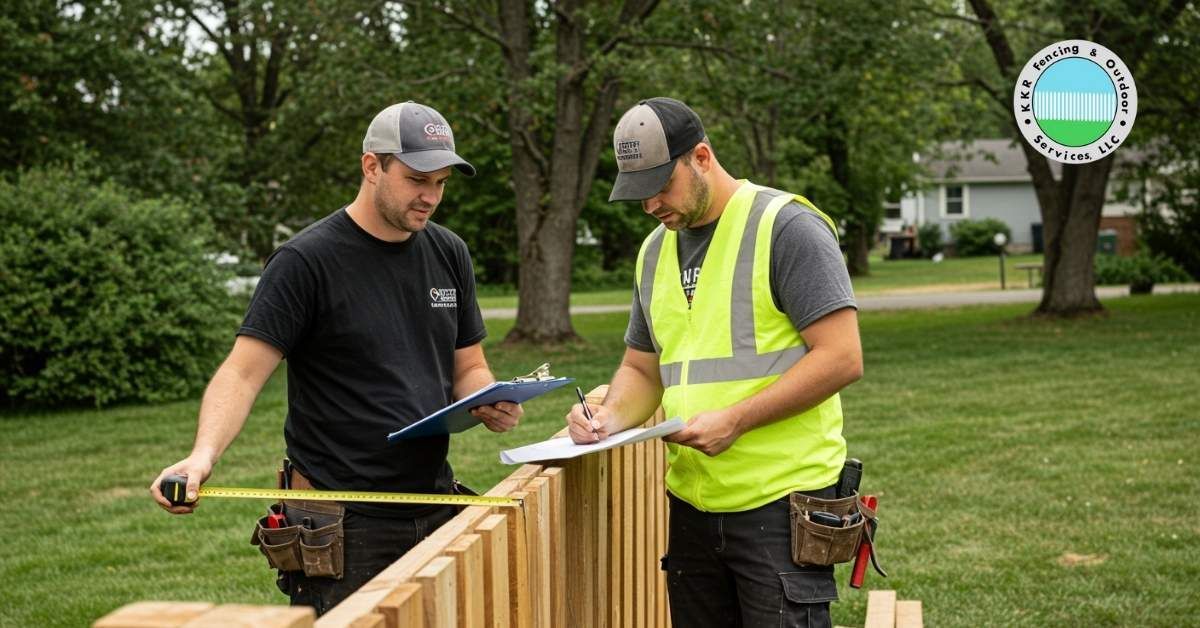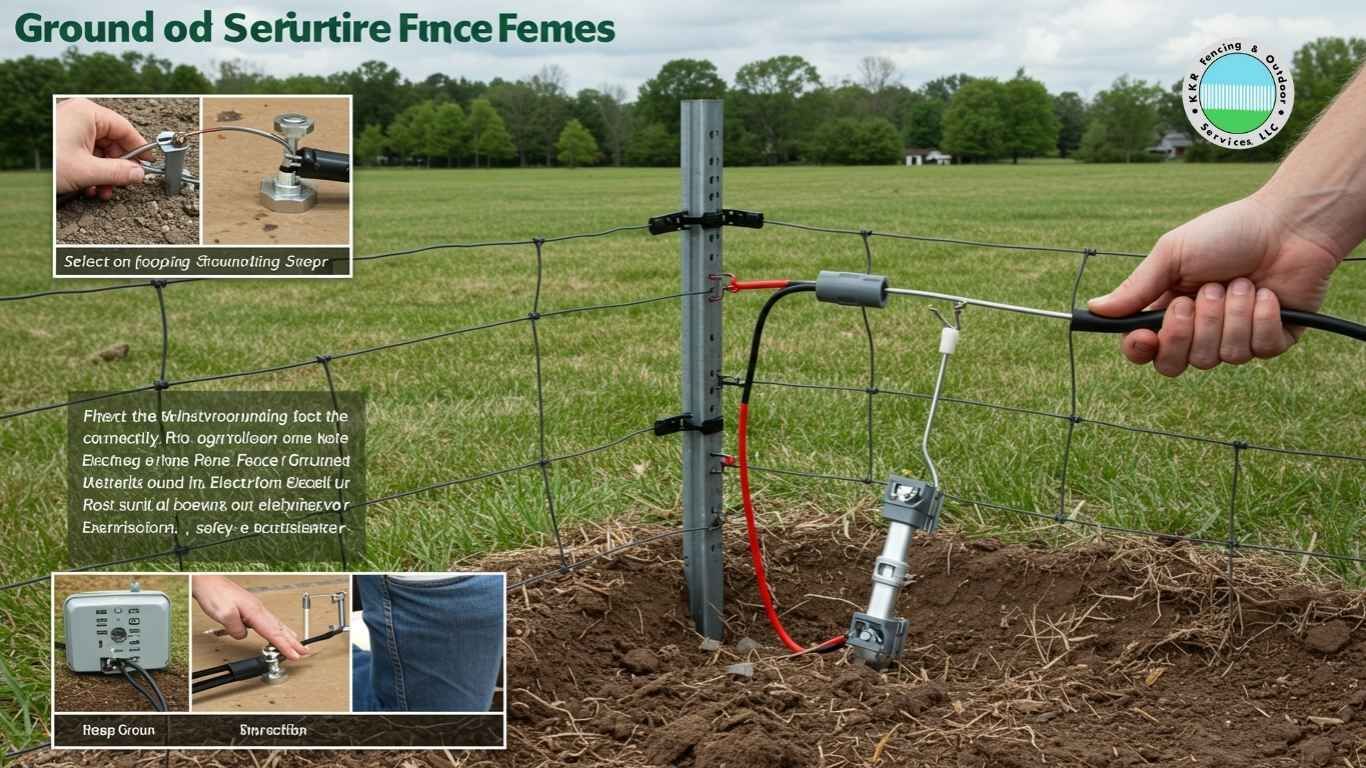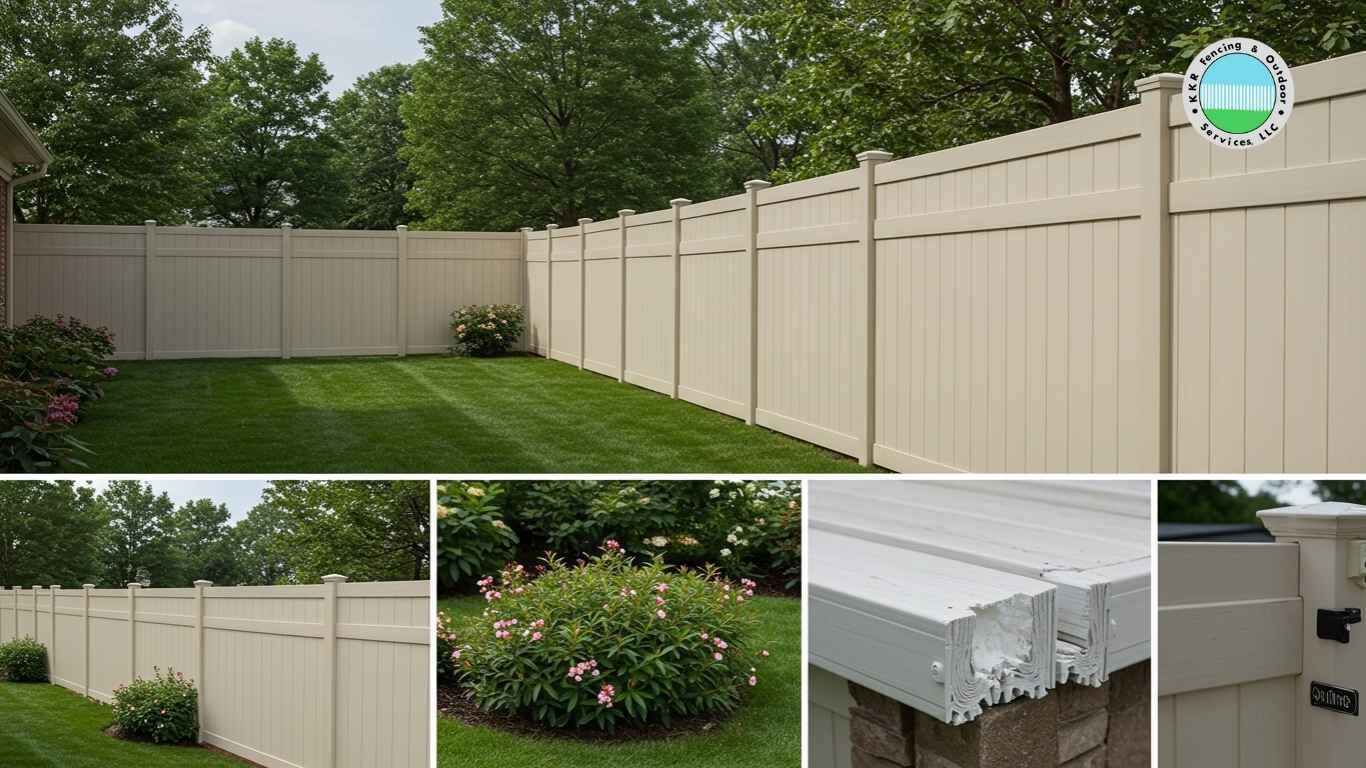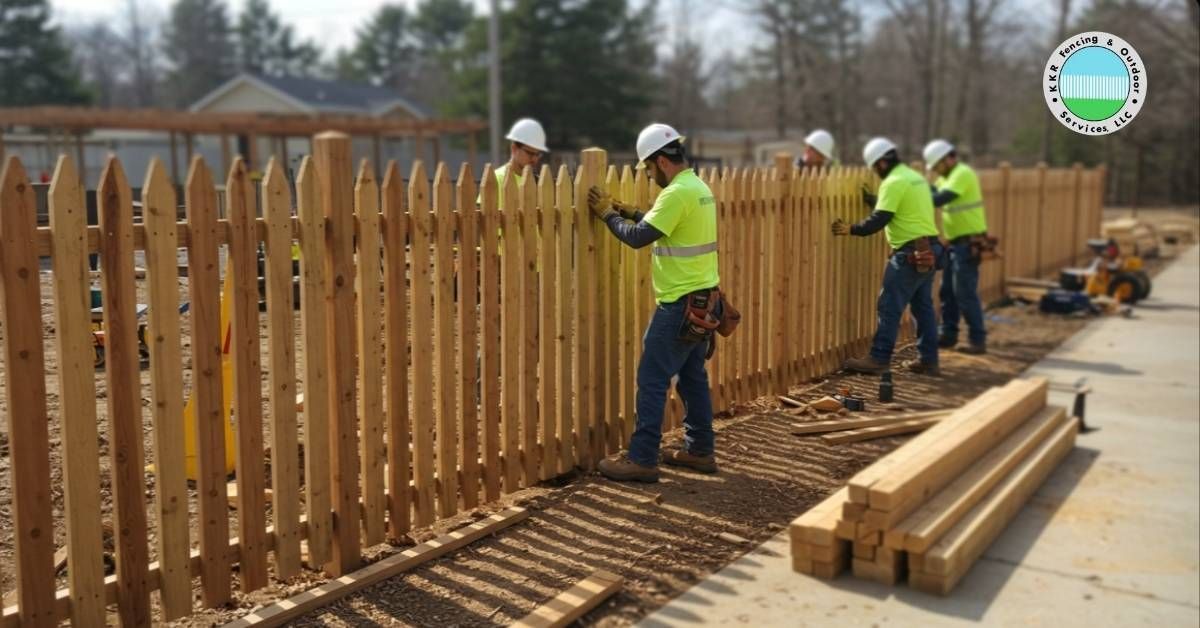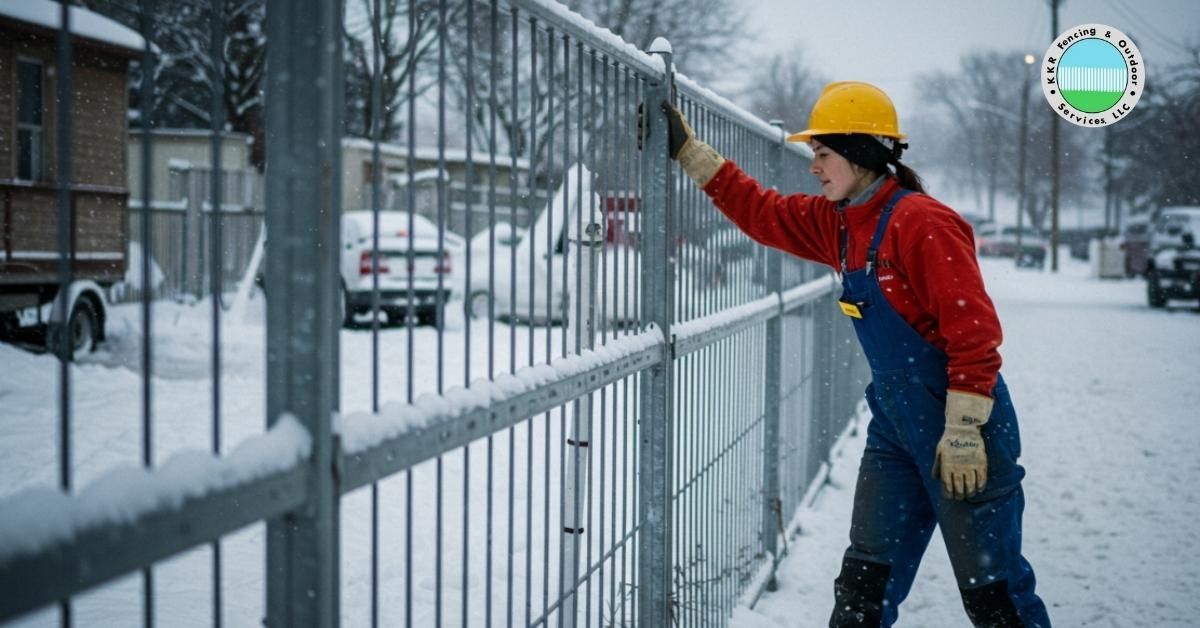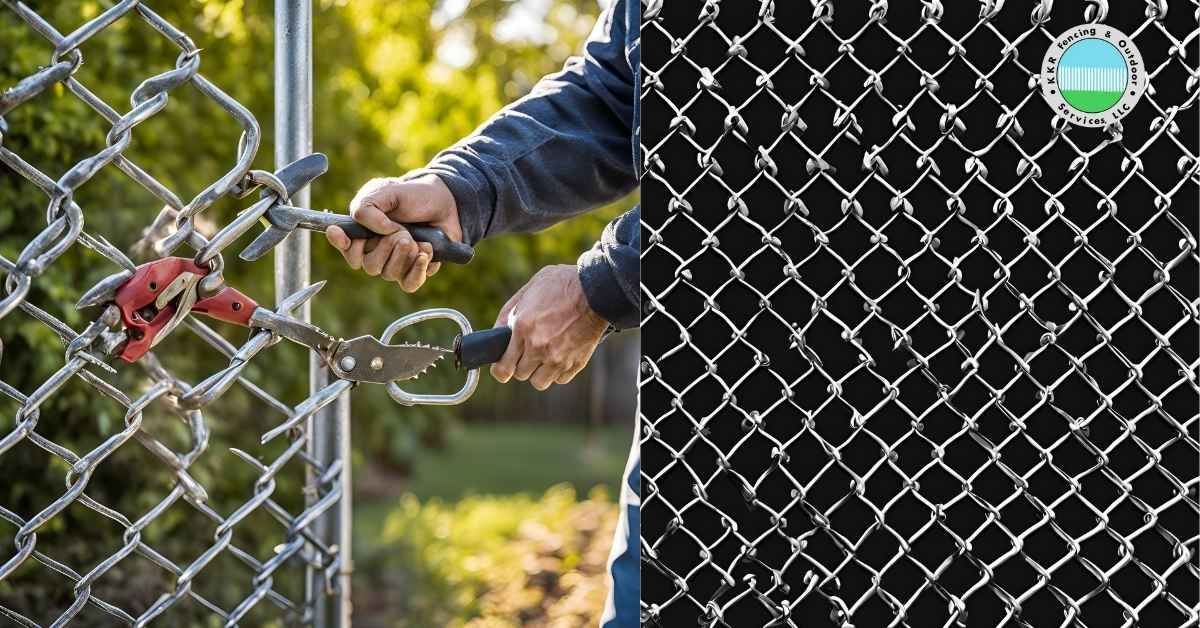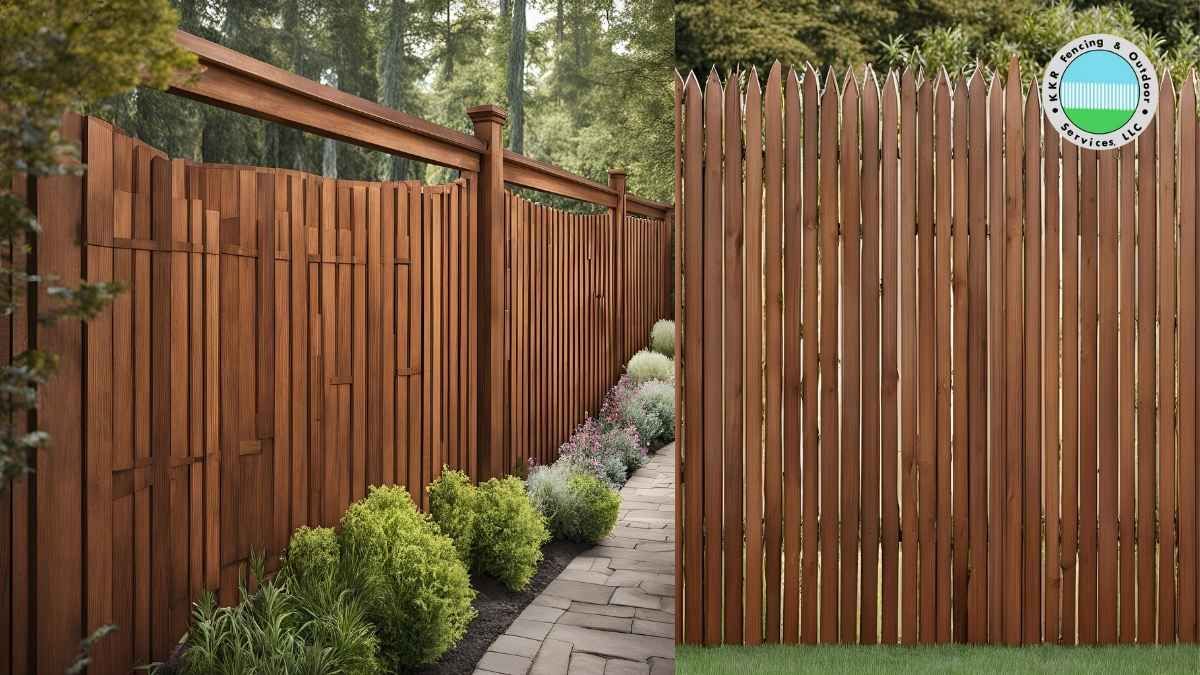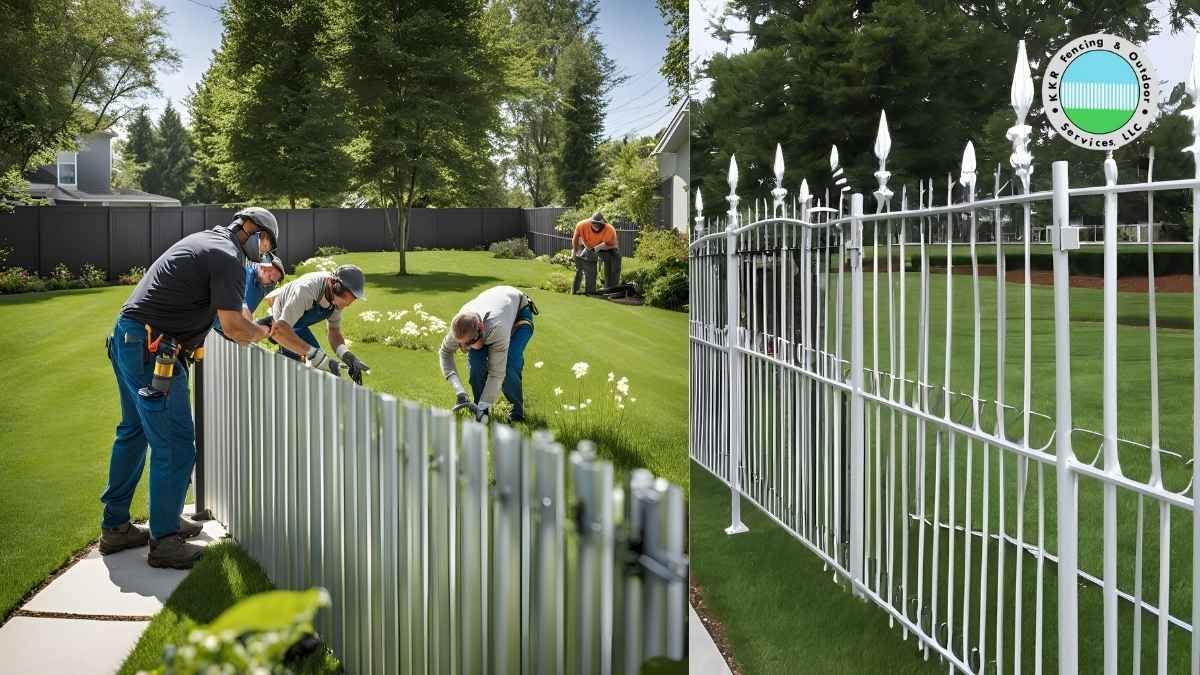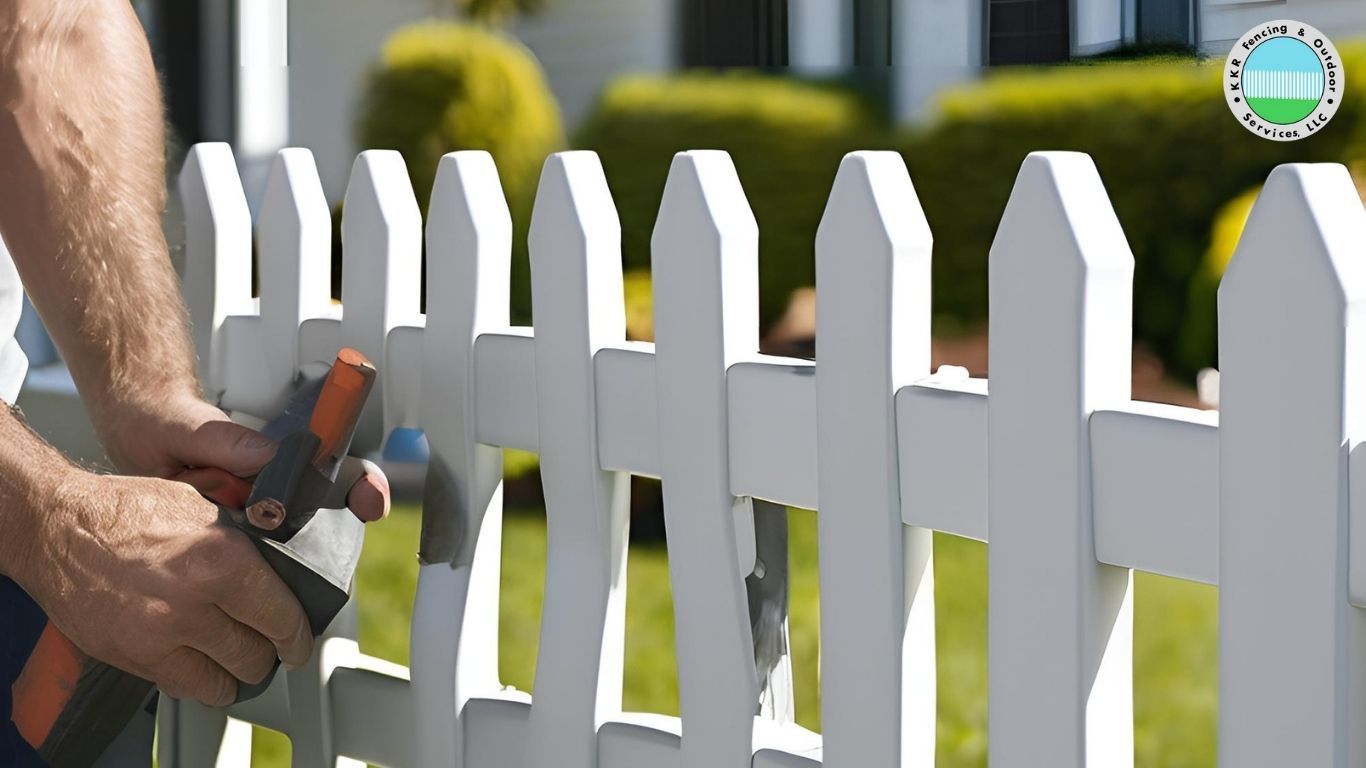Get Started On Your Fence Project | Call Today for a FREE Estimate
How to Repair Chain Link Fence? Your Ultimate Guide
Chain link fences are durable and practical, often used in residential, commercial, and agricultural settings. Over time, exposure to the elements, wear and tear, or accidental impacts can cause damage. Knowing how to repair a chain link fence can save you money, extend its lifespan, and restore its function.
In this comprehensive guide, you'll learn step-by-step techniques, tools required, and tips for maintaining your fence.
Why Repair Chain Link Fences Instead of Replacing Them?
Chain link fences are built to last, but like any structure, they need upkeep. Repairing rather than replacing your fence offers several benefits:
- Cost Savings: Repairs are often much cheaper than complete replacement.
- Sustainability: Fixing damaged sections reduces waste and promotes reuse.
- Maintained Aesthetics: Keeping your fence in good condition enhances property appearance.
If done correctly, repairs can make your chain link fence look as good as new.
Tools and Materials Needed
Having the right tools is crucial for efficient repairs. Here's what you'll need:
Essential Tools
- Wire Cutters: For cutting damaged ties and mesh sections.
- Pliers: To tighten and secure wires or remove clamps.
- Mini Bolt Cutters: These are for cutting through thicker wires and components.
- Adjustable Wrench: To loosen or tighten bolts and clamps.
- Hammer or Rubber Mallet: This is for gentle adjustments without causing damage.
- Post Puller: To straighten or remove bent fence posts.
Materials
- Replacement chain link mesh.
- Tension bars and ties.
- Rust-resistant paint or coating.
- Concrete (for resetting loose posts).
Safety Gear
- Gloves: To protect your hands from sharp wires.
- Goggles: To shield your eyes from debris during cutting or rust removal.
- Sturdy Shoes: To prevent injuries while working.
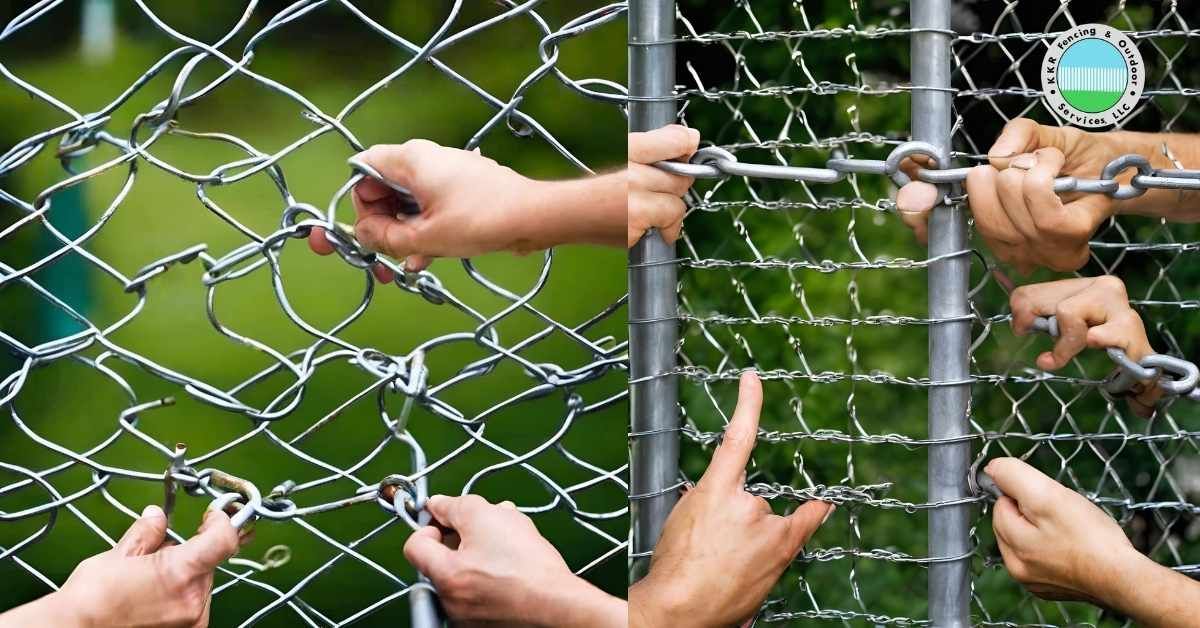
Assessing the Damage
Before diving into repairs, inspect your chain link fence to identify all problem areas. Addressing each issue ensures a thorough and lasting repair.
Common Types of Damage
- Broken Mesh: Look for holes or frayed sections caused by impacts or wear.
- Rusted Sections: Identify rust spots on the mesh, posts, or ties.
- Loose or Bent Posts: Check for posts that lean or wobble when pressure is applied.
- Damaged Gates: Inspect hinges, latches, and alignment for issues.
- Missing Ties: Ensure all ties between the mesh and posts are intact.
Prioritize Repairs
Focus on areas affecting structural integrity first, such as loose posts or large holes in the mesh.
Step-by-Step Guide to Repairing a Chain Link Fence
Follow these detailed steps to repair your chain link fence efficiently.
Step 1: Fix Loose or Bent Fence Posts
- Inspect the Base: Check if the post has shifted due to soil movement or impact.
- Straighten the Post:
- Dig around the base to expose the buried section.
- Use a post puller to reposition it vertically.
- Reinforce with Concrete:
- Fill the hole with concrete to stabilize the post.
- Allow the concrete to set before reattaching the mesh.
Step 2: Replace Damaged Mesh
- Remove the Old Section:
- Cut out the damaged mesh with wire cutters.
- Detach it from the tension bars and posts.
- Measure and Cut Replacement Mesh:
- Use the removed section as a template for the replacement.
- Attach the New Mesh:
- Secure it with tension bars and fence ties.
- Ensure the mesh aligns perfectly with the existing fence.
Step 3: Secure Loose or Missing Ties
- Identify Loose Ties:
- Inspect the points where the mesh connects to the posts and rails.
- Replace or Tighten Ties:
- Use pliers to attach new ties or tighten existing ones.
- Space ties evenly for a clean and stable finish.
Step 4: Remove Rust and Prevent Future Corrosion
- Clean the Rust:
- Use a wire brush to scrub away rust from affected areas.
- Wipe the area clean to remove debris.
- Apply Rust-Resistant Paint:
- Coat the cleaned sections with rust-proof paint or spray.
- Allow to dry completely for a durable finish.
Step 5: Repair Sagging Gates
- Tighten Hinges:
- Use an adjustable wrench to secure loose hinges.
- Check alignment to ensure smooth operation.
- Replace Damaged Components:
- Swap out worn latches or brackets with new ones.
- Align the gate with the fence for proper functionality.
Tips for Preventing Future Damage
Proper maintenance minimizes repairs and keeps your fence in excellent condition. Follow these tips:
- Regular Inspections: Check for loose ties, rust, or structural issues monthly.
- Apply Protective Coatings: Use rust-resistant sprays on all metal components.
- Remove Nearby Vegetation: Prevent plants from growing around the fence base.
- Tighten Components: Regularly check and tighten ties, bolts, and clamps.
Benefits of Professional Repairs
While DIY repairs are manageable for many situations, some repairs, especially those involving structural issues, may require professional expertise. KKR Fencing & Outdoor Services LLC offers:
- Precision Work: Professionals ensure accurate repairs and long-lasting results.
- Efficiency: Save time and effort by letting experts handle complex issues.
- Custom Solutions: Tailored services for residential, commercial, and agricultural needs, providing you with peace of mind.
Our team specializes in chain link fence repairs, ensuring top-quality service at a fair price.
FAQs on How to repair chain link fence
What is the easiest way to fix a bent fence post?
Use a post-puller to reposition it. For added stability, secure the post with concrete after straightening.
How do I replace damaged chain link mesh?
Cut the damaged section with wire cutters, measure the replacement, and secure it with tension bars and ties.
Can rusted sections of a chain link fence be repaired?
Yes. Remove the rust with a wire brush and apply rust-resistant paint to prevent further damage.
What tools are essential for repairing a chain link fence?
Wire cutters, pliers, mini bolt cutters, and an adjustable wrench are vital tools for effective repairs.
Conclusion
Learning how to repair chain link fence helps you maintain its durability and functionality for years. By addressing issues like bent posts, damaged mesh, and rust, you save costs and enhance your property's appearance. While DIY solutions work for minor repairs, professional services ensure lasting results.
For expert repairs, contact KKR Fencing & Outdoor Services LLC today. We provide customized fencing solutions for commercial, residential, and agricultural needs. Whether you're ready to tackle your fence repairs or need our professional assistance, we're here to help.
Call Now for a Free Estimate
We serve clients In Delevan, East Aurora, Erie County, Buffalo, NY And Beyond.
Nearby Location We Serve
Niagara Falls | Delevan | East Aurora | Erie County | Sanborn | Wheatfield | Tonawanda | Lockport | Basom | Indian Falls | Pembroke | Corfu | Darien Center | Batavia | Alexander | Attica Alden | Clarence | Warsaw | Arcade | Houghton | Springville | Gowanda | Dunkirk | Irving | Hamburg | Orchard Park |Blasdell | Amherst | Cheektowaga
All Rights Reserved | KKR Fencing & Outdoor Services LLC
